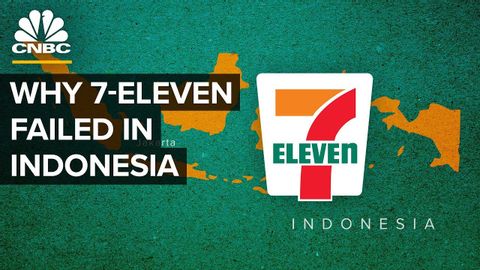【リスニング対策】 セブンイレブンがインドネシアで成功しなかった理由
Liang Chen が 2019 年 02 月 20 日 に投稿  この条件に一致する単語はありません
この条件に一致する単語はありませんUS /ɪnˈtɛns/
・
UK /ɪn'tens/
US /ˈrevənju/
・
UK /'revənju:/
- n.地点 : 場所;困難 : 苦境;位置づけ;少し;斑点 : 染み : 汚点
- v.t.(偶然)見つける
- adv.粗雑に : 手荒く;手荒に;粗雑に;粗野に
エネルギーを使用
すべての単語を解除
発音・解説・フィルター機能を解除
